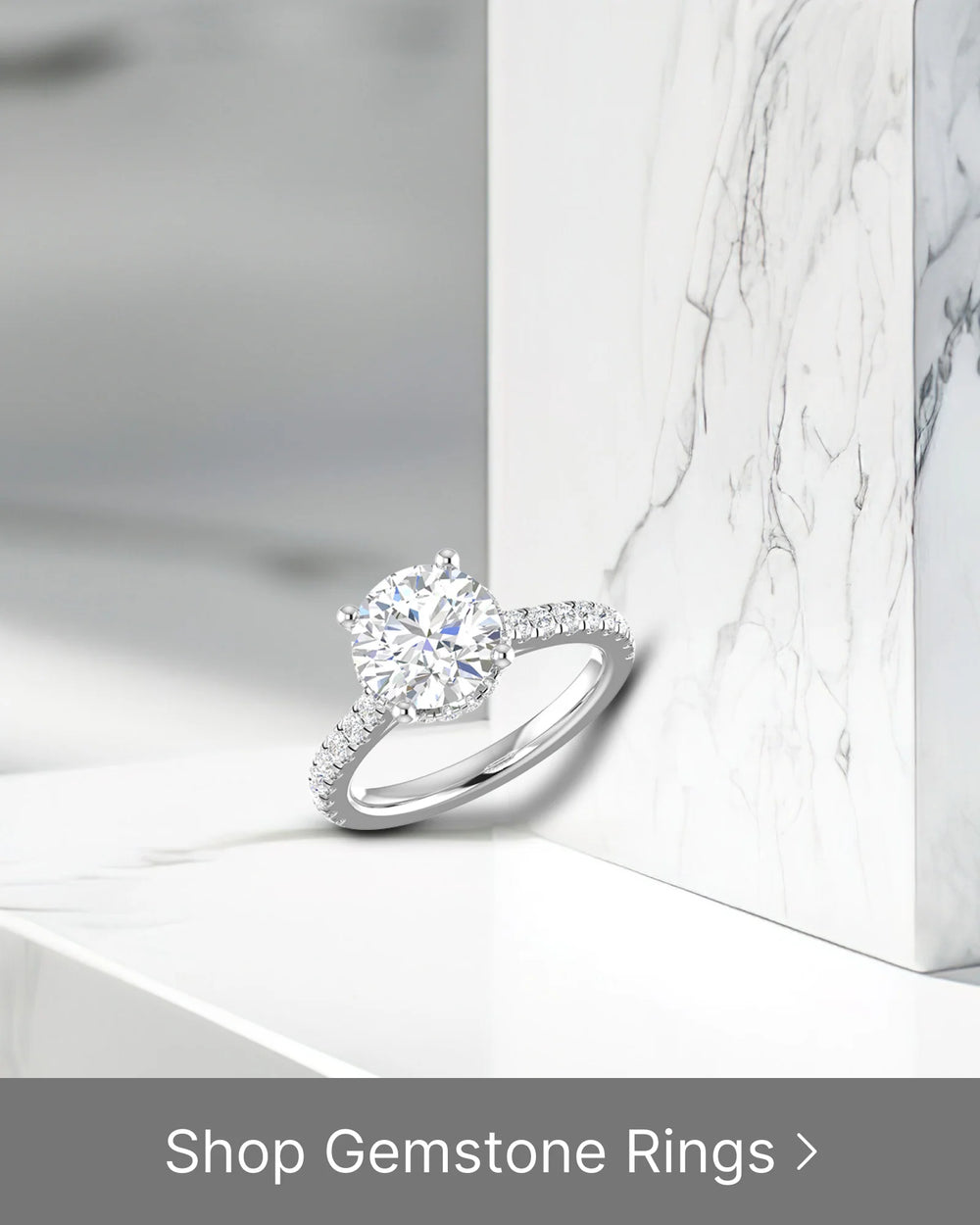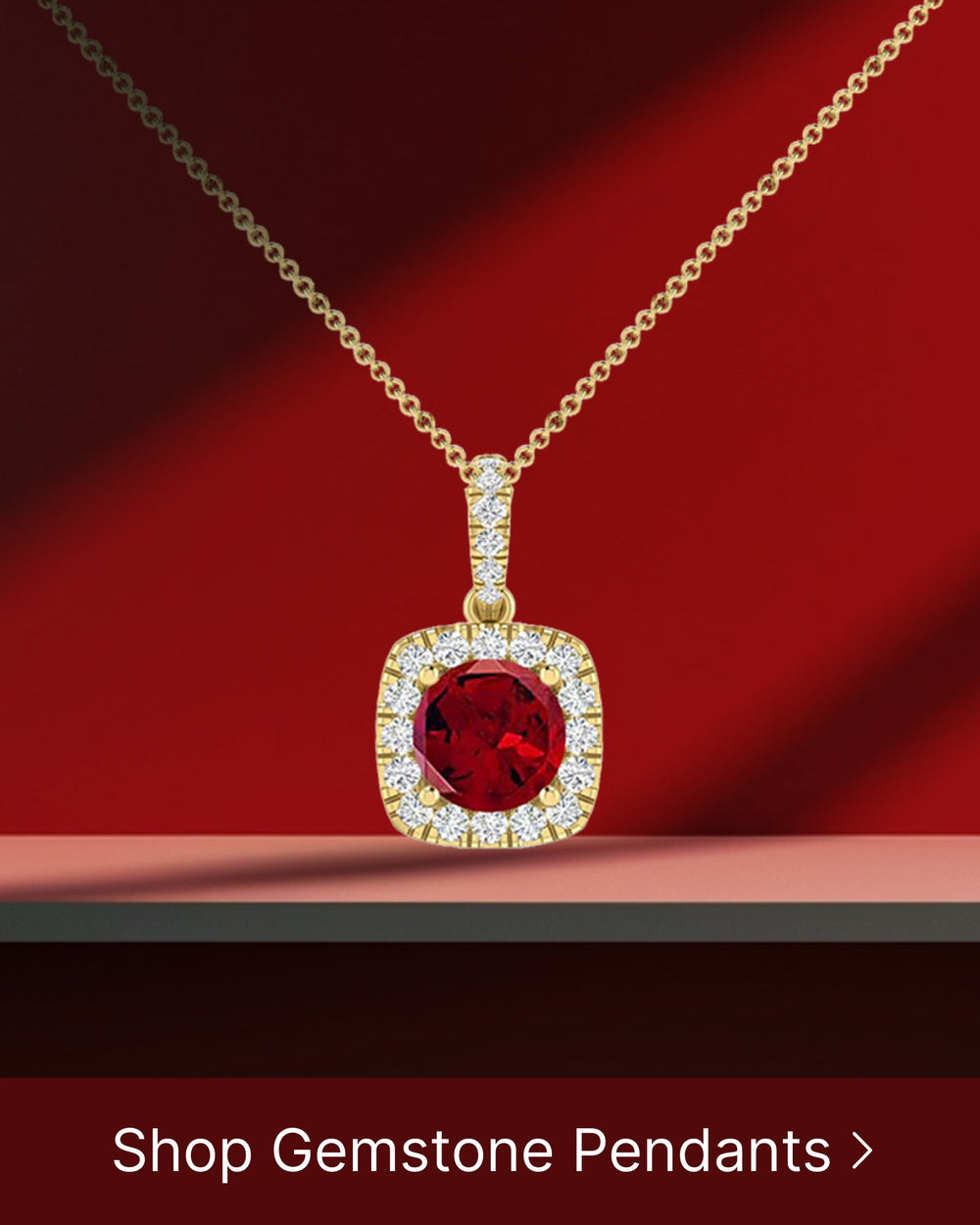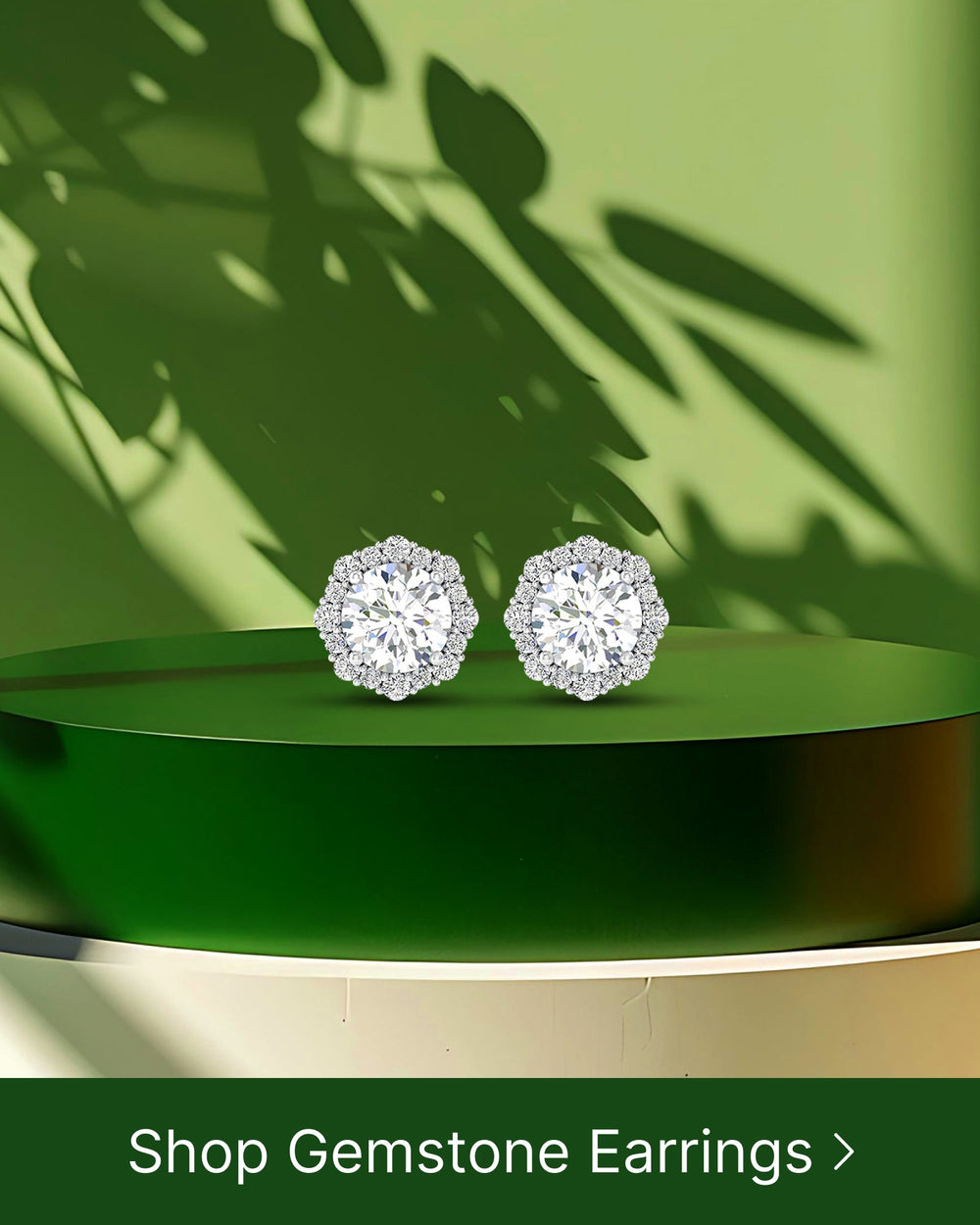In the world of diamonds, understanding how they are graded is essential for both buyers and sellers. Diamond grading involves evaluating various factors that determine a diamond's quality and value. By understanding these grading criteria, you can make informed decisions when purchasing or selling diamonds.
The Basics of Diamond Grading
Diamond grading is a complex process that involves assessing multiple aspects of a diamond's characteristics. The Four C's are the fundamental criteria used to evaluate diamonds: carat weight, cut, color, and clarity. Each of these factors plays a significant role in determining a diamond's value and desirability.
The Four C's of Diamond Grading
The first aspect to consider is carat weight, which refers to the size of the diamond. A carat is a unit of weight, with one carat equal to 200 milligrams. However, it is important to note that carat weight alone does not determine a diamond's worth. Other factors, such as cut, color, and clarity, also come into play.
Next, the cut of a diamond refers to how well it has been shaped and faceted. A good cut maximizes a diamond's brilliance and sparkle, while a poor cut can negatively affect its overall appearance. Different types of diamond cuts, such as the round brilliant cut or the princess cut, have varying levels of brilliance and fire.
Moving on to color, it is essential to understand that diamonds come in various shades. The Gemological Institute of America (GIA) has developed a color grading scale ranging from D (colorless) to Z (light yellow or brown). The less color a diamond possesses, the more valuable it is considered to be.
The final aspect of diamond grading is clarity. Clarity refers to the presence of internal or external characteristics, known as inclusions and blemishes, respectively. The GIA uses a clarity grading scale ranging from Flawless (no visible inclusions or blemishes under 10x magnification) to Included (inclusions visible to the naked eye). A diamond with higher clarity is generally more valuable.
The Role of Diamond Grading Labs
Professional diamond grading labs play a crucial role in the diamond industry. These labs, such as the GIA or the International Gemological Institute (IGI), provide independent assessments of a diamond's quality and authenticity. They examine the diamond's characteristics, issue a comprehensive grading report, and assign grades for the Four C's.
Having a diamond certified by a reputable grading lab adds credibility and transparency to the buying and selling process. It gives consumers assurance that they are getting what they pay for and allows them to compare diamonds objectively. Diamond grading reports provide detailed information about a diamond's qualities, helping buyers make informed decisions.
Delving into Diamond Clarity
When it comes to diamond grading, clarity is a vital aspect that greatly influences a diamond's appearance and value. Understanding clarity grades and the factors affecting diamond clarity is essential for both buyers and sellers.
Understanding Clarity Grades
The clarity grading scale ranges from Flawless to Included. Within this scale, there are varying degrees of clarity, each indicating the presence of inclusions or blemishes. Flawless diamonds are exceptionally rare and have no visible inclusions or blemishes even under 10x magnification. On the other end of the scale, Included diamonds have inclusions that may be visible to the naked eye.
It's important to note that not all inclusions are the same. Some may be small and insignificant, while others can affect the overall appearance of the diamond. Inclusions can take different forms, such as crystals, feathers, or clouds. The location, size, and quantity of inclusions are considered when assigning a clarity grade.
Factors Affecting Diamond Clarity
Several factors can impact a diamond's clarity grading. The size and visibility of inclusions or blemishes are primary factors. Larger or more pronounced inclusions can affect the brilliance and transparency of a diamond. Additionally, the position of inclusions within the diamond can also influence its clarity grade.
It's worth noting that some diamond shapes, such as step cuts like emerald and asscher cuts, may have more visible inclusions due to their design. These cuts feature large flat planes, making inclusions more apparent compared to brilliant cuts like the round cut.
The clarity grade of a diamond is subjective to some extent and can vary between grading labs. Therefore, it is crucial to rely on reputable labs and their consistent grading standards when purchasing diamonds.
The Importance of Diamond Color
Another significant aspect of diamond grading is color. Understanding the diamond color scale and how it affects the value of a diamond is essential for making informed decisions in the diamond market.
The Diamond Color Scale
The diamond color scale ranges from D (colorless) to Z (light yellow or brown). The highest value is placed on colorless diamonds (D, E, and F), as they allow for maximum light reflection and refraction, resulting in exceptional brilliance.
As you move down the scale, the presence of color becomes more noticeable, gradually decreasing a diamond's value. However, it's important to acknowledge that fancy color diamonds, such as blue or pink, are exceptions to this rule. These rare and highly sought-after diamonds have unique appeal and value.
How Color Affects Diamond Value
Colorless diamonds are considered the most desirable and valuable, as they exhibit exceptional purity and brilliance. The absence of color allows white light to pass through, producing an exquisite play of light and enhancing the diamond's sparkle. The closer a diamond is to being colorless, the more valuable it becomes.
On the other hand, diamonds with a noticeable yellow or brown tint are considered lower in value. However, some individuals may prefer a slightly colored diamond as a personal preference. It's crucial to strike a balance between personal preferences and understanding the industry-standard color grading system when purchasing diamonds.
The Impact of Diamond Cut
When discussing diamond grading, the cut of a diamond is often regarded as the most critical factor in determining its brilliance and beauty. Understanding different types of diamond cuts and how they influence a diamond's appearance is crucial for diamond enthusiasts.
Different Types of Diamond Cuts
The cut of a diamond refers not to its shape but to how well it has been crafted and faceted. Brilliant cuts are the most popular and widely used cuts, known for their ability to reflect light and create exceptional fire and sparkle. The round brilliant cut is the most common and has 58 facets that maximize brilliance.
Other popular diamond cuts include the princess cut, emerald cut, and cushion cut. Each cut has its distinct characteristics and appeal. For example, the princess cut features a square or rectangular shape, while the emerald cut is known for its rectangular shape with step-like facets.
How Cut Influences Diamond Brilliance
A diamond's cut has a significant impact on its brilliance and beauty. A well-cut diamond maximizes the amount of light that enters and reflects back through the top of the diamond, creating a dazzling display of fire and scintillation.
A diamond with a poor cut may allow light to escape through the sides or bottom, resulting in less brilliance. Additionally, poor symmetry or uneven facets can negatively affect a diamond's appearance. Achieving an ideal balance between proportions, symmetry, and polish is crucial to maximize a diamond's beauty.
Assessing Diamond Carat Weight
When it comes to diamond grading, carat weight is often the most well-known and understood factor. However, it's important to understand the difference between carat weight and diamond size, as well as how carat weight influences diamond pricing.
Carat Weight vs. Diamond Size
Carat weight refers to a diamond's measurement in metric carats, a unit of weight equal to 200 milligrams. However, carat weight alone does not determine a diamond's size. The size of a diamond is influenced by its cut, as well as other factors such as depth and table percentages.
It's essential to consider both carat weight and size when choosing a diamond. Two diamonds with the same carat weight may have different visual sizes due to variations in their proportions. Some diamond shapes, like the marquise or oval, tend to appear larger than round diamonds of the same carat weight.
How Carat Weight Affects Diamond Price
Carat weight plays a significant role in determining a diamond's price. Larger diamonds are generally more valued and, therefore, more expensive per carat. However, the price per carat also depends on other factors such as cut, color, and clarity.
It's essential to consider the overall quality of a diamond, rather than focusing solely on carat weight. A smaller diamond with excellent cut, color, and clarity may be more desirable and valuable than a larger diamond with inferior qualities.
Conclusion
Understanding how diamonds are graded is essential for anyone involved in the diamond industry or interested in purchasing diamonds. The Four C's, including carat weight, cut, color, and clarity, provide a comprehensive framework for assessing a diamond's quality and value.
Furthermore, the role of diamond grading labs in providing independent assessments and grading reports brings transparency and credibility to the diamond market. Buyers can rely on these reports to make informed decisions and compare diamonds objectively.
Additionally, delving into specific aspects such as diamond clarity, color, cut, and carat weight allows for a deeper understanding of the factors that influence a diamond's appearance and value. By considering all these elements and striking a balance between personal preferences and industry standards, one can navigate the world of diamonds with confidence.
Whether you are a diamond enthusiast or a prospective buyer, understanding how diamonds are graded empowers you to make educated choices and appreciate the beauty of these remarkable gems.







